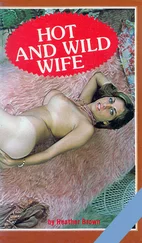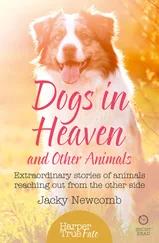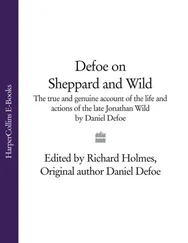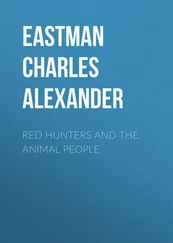Source: Edward R. Eisner.
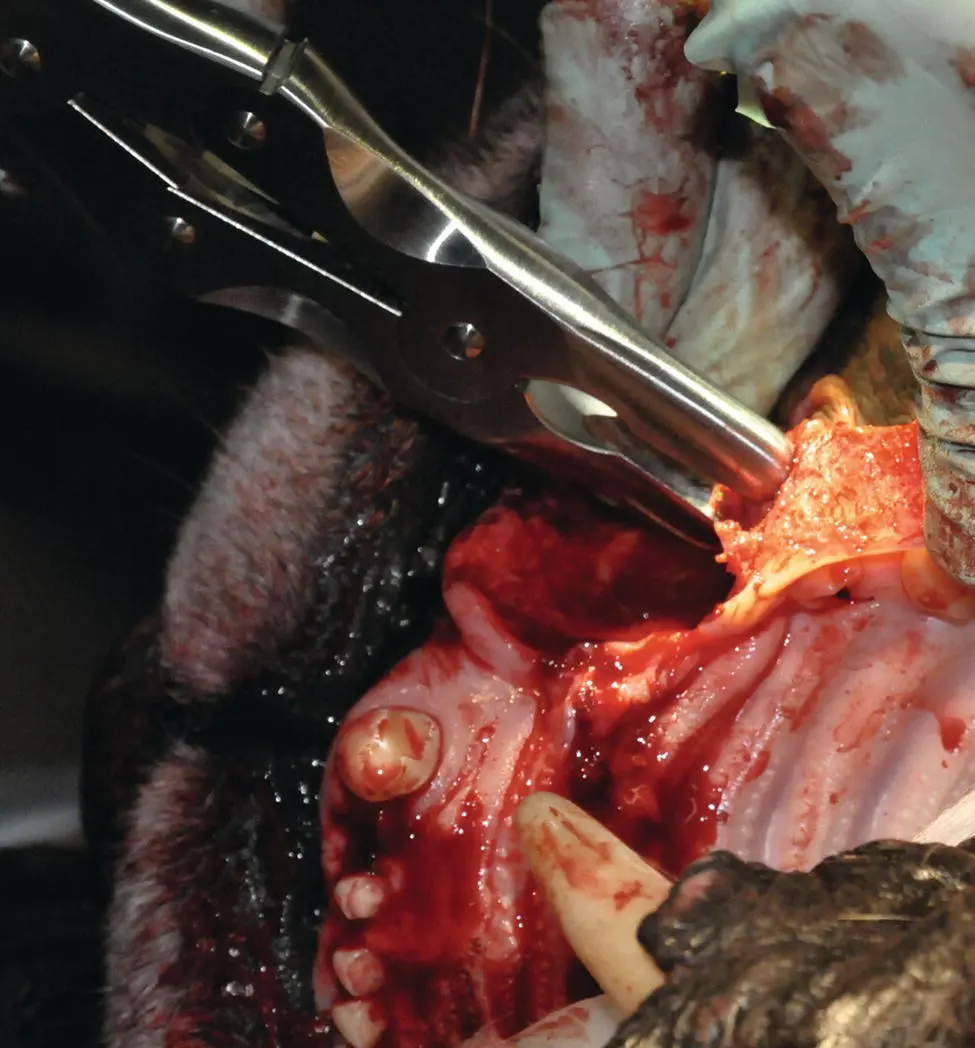
Figure 3.22A large, double‐action rongeur for alveoloplasty/ridge contouring provides patient comfort. RESPECT EQUIPMENT: A rongeur is not an extraction forceps, nor is it a pair of pliers; it is designed to make a simple straight cut!
Source: Edward R. Eisner.
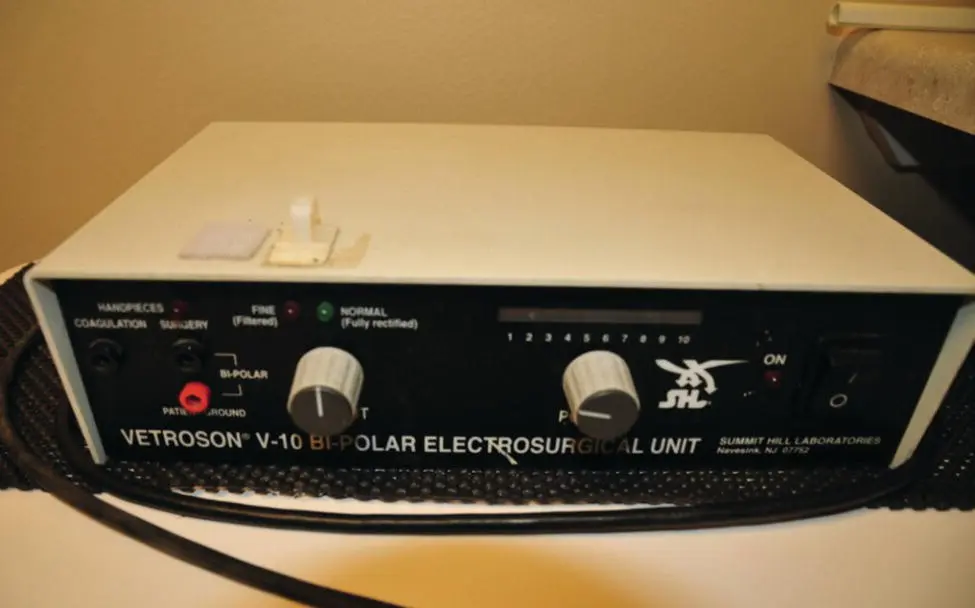
Figure 3.23Vetroson V10® Electro‐surgery Unit (Summit Hill Laboratory. Tinton Falls, NJ, U.S.A.), is used for good hemostasis as well as for cutting soft tissue.
Source: Edward R. Eisner.

Figure 3.24 A portable electrical evacuation system is handy, and saves using many gauze sponges when providing visualization of the surgical field.
Source: Edward R. Eisner.
4 Dental Form and Function as it Relates to Dental Therapy of Wild Animals
NOTE:Step‐by‐step therapeutic examples follow this section. Below is an outline indicating effective dental treatment modalities for various tooth types.
Elodont:Teeth that are continuously growing and have open apices. If vital, elodont teeth are better treated with pulpotomy. If necrotic, then root canal therapy or extraction is indicated.
1 Animals with only anterior elodont teeth (most rodents, e.g. rats, mice, squirrels; elephant tusks; hog tusks; hippo canines and incisors; upper incisors of hyrax).
2 Animals with both anterior and posterior elodont teeth. (Examples include Lagomorphs and some rodents [guinea pigs and chinchilla]; wombats are the sole marsupials).
3 Animals with only posterior elodont teeth (e.g. edentates [anteaters, armadillo, pangolins and sloths], and the primitive ungulate [aardvark]).
Tusks are elodont teeth:
Proboscidea: African and Asian elephant tusks are maxillary lateral incisors ( 2I 2).
Artiodactyla: Tusks of hogs, and pigs, including babirusa are the maxillary and mandibular canines.
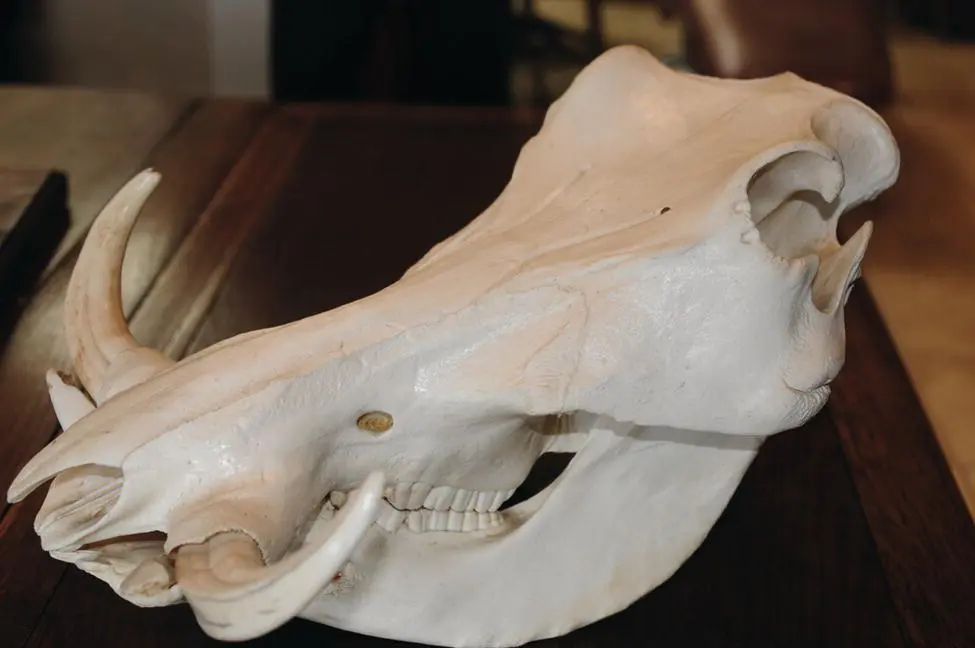
Figure 4.1Warthog – Elodont male mandibular canine teeth only. Posterior teeth are brachydont, bunodont, and bilophodont.
Source: Peter Emily collection.
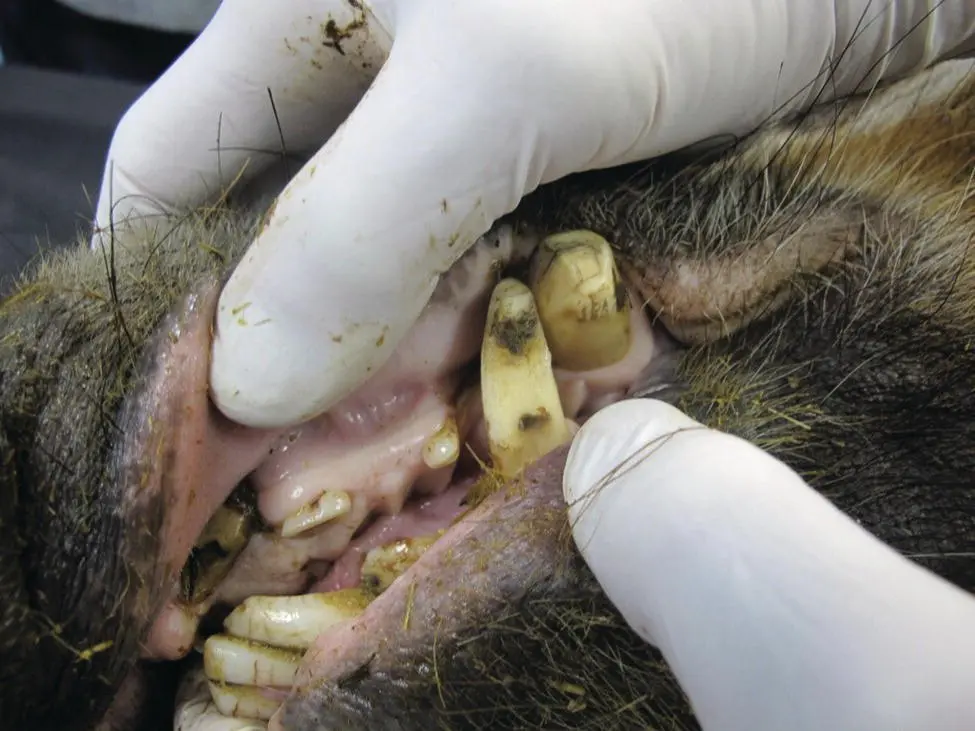
Figure 4.2Female Red River Hog. Only the male has lower tusks and they are canine teeth.
Source: Peter Emily collection.
Artiodactyla : Canines and incisors of hippopotamus
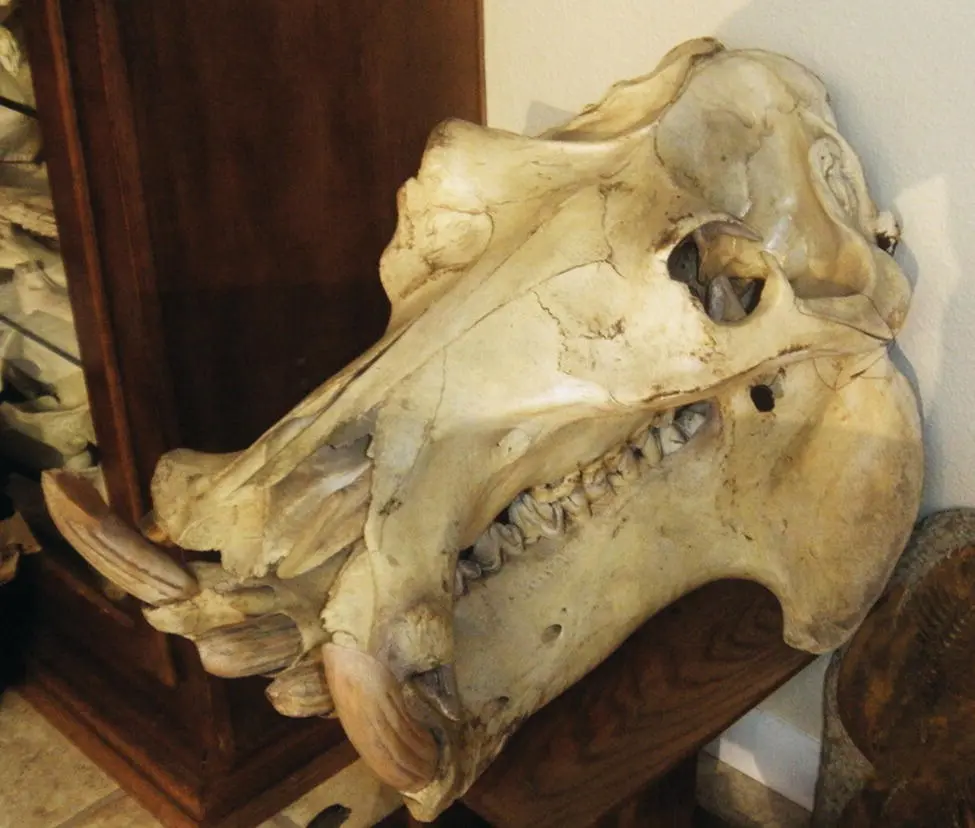
Figure 4.3Hippopotamus – Heterodont, elodont incisors, and canines, bunodont molars.
Source: Peter Emily collection.

Figure 4.4Walrus – Maxillary canines are tusks. Elodont maxillary canines, Bunodont, slightly domed occlusal teeth.
Source: Peter Emily collection.
Elodont maxillary incisors:Hyrax (Atlantogenata)
(Little brother elephant – reference Maasai warriors).
Elodont canines:
Artiodactyla, Suidae : Hogs and pigs, babirusa
Rostral elodont teeth (canines and incisors):
Artiodactyla : Hippopotamus, peccary
Rodentia : Dormice, old and new world rats and mice, kangaroo rats, squirrels, beavers, and capybara generally have elodont anterior teeth, brachydont and loxidont posterior teeth.

Figure 4.5Beaver Rodentia Castoridae Castor (2 species). Elodont incisors, brachydont, and loxidont caudal teeth.
Source: Edward R. Eisner.
Elodont maxillary canines and incisors: Perissodactyla
Rhinoceros has elodont maxillary canines and incisors.
Elodont posterior teeth:
Aardvark [1] – Tubulidenata (primitive ungulate)
Elodont all dentition:
Rodentia : Degu (South American rat), guinea pig, paca, chinchilla (see Figures 4.6and 4.7).
Lagomorpha (see Figures 4.8– 4.11).
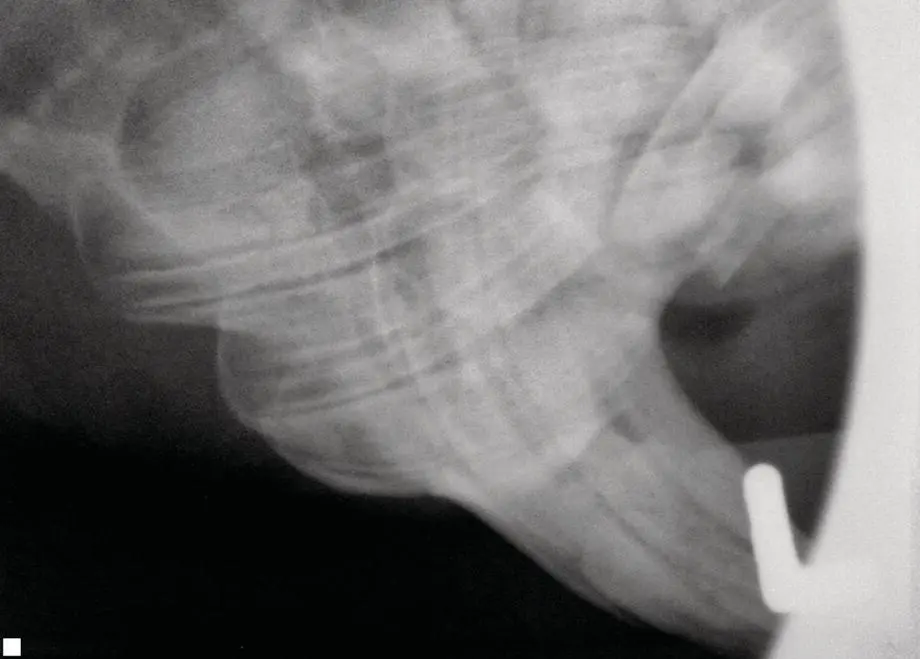
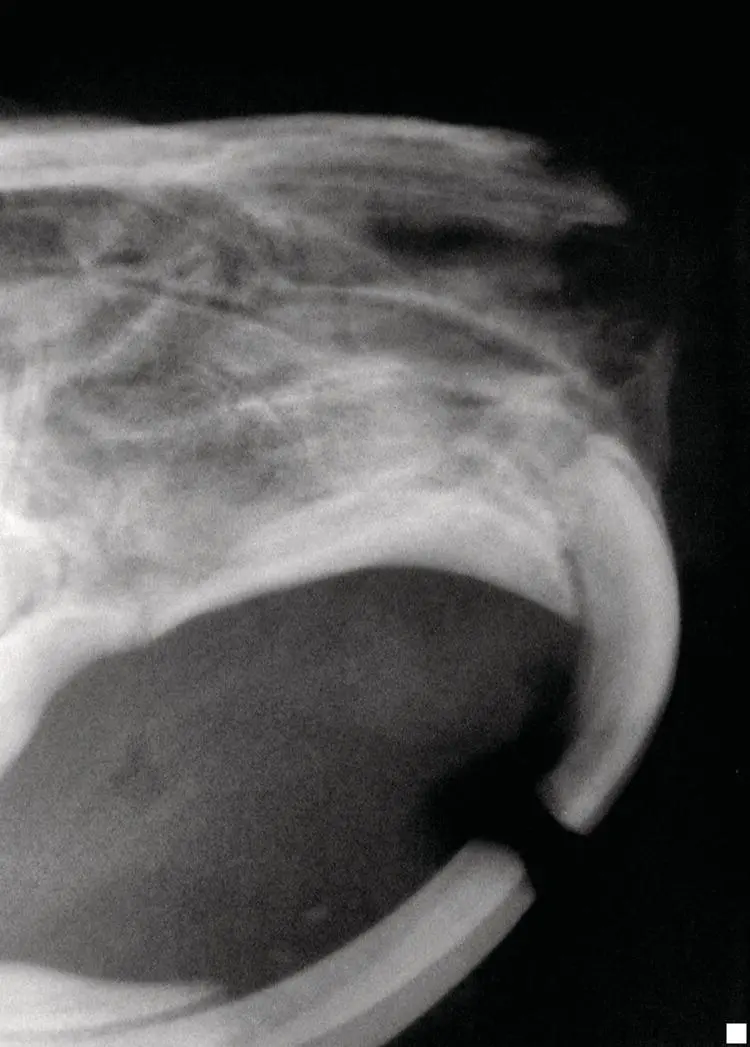
Figures 4.6 and 4.7 Guinea pig: The mandibular canines extend to the last molar. Heterodont, elodont (all dentition), dilamdodont occlusal surfaces of posterior teeth.
Source: Edward R. Eisner.
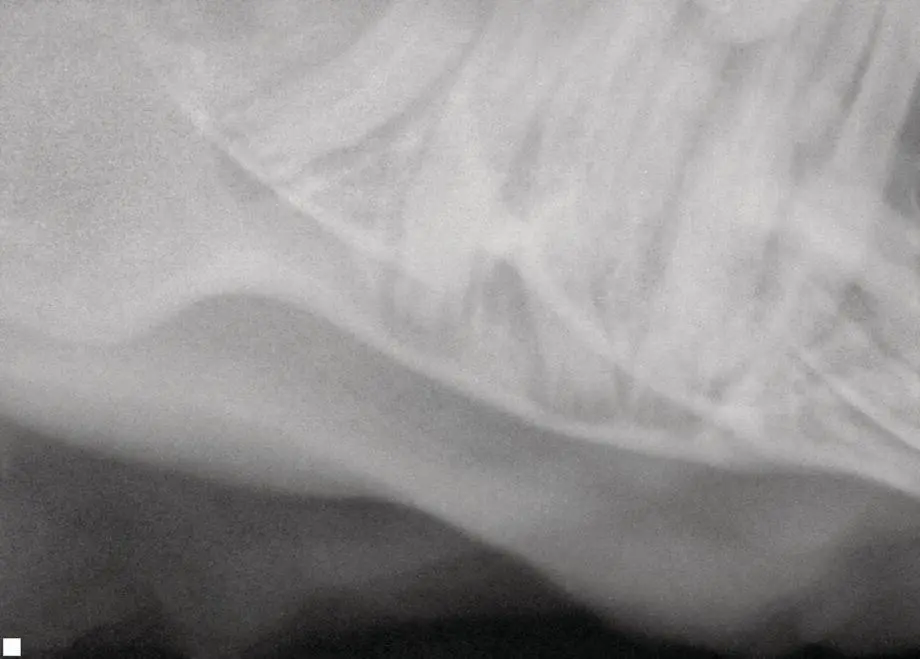
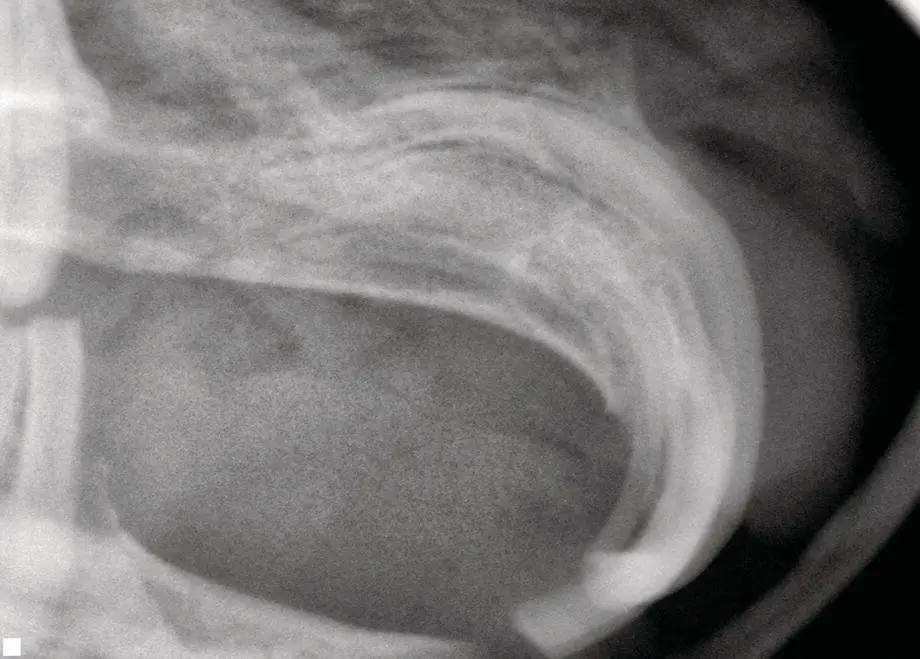

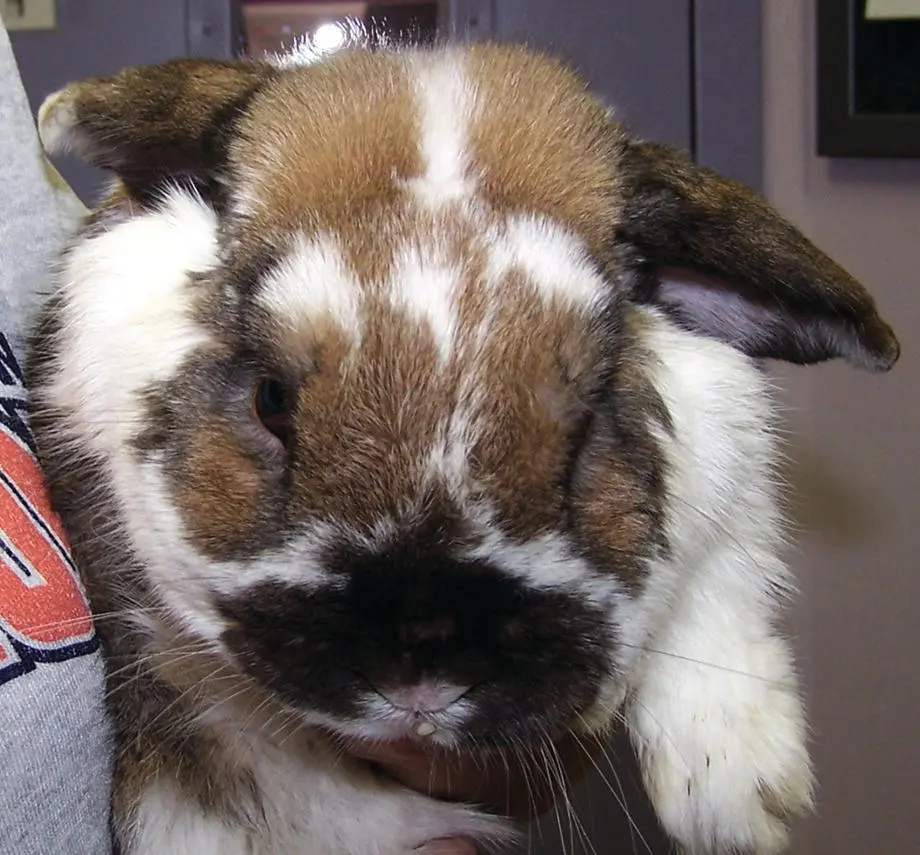
Figures 4.8 – 4.11 Lop Rabbit: Mandibular incisor extends to the mesial aspect of the first cheek tooth. Heterodont, elodont (all teeth), Hypsodont cheek teeth, dilamdodont posterior teeth.
Source: Edward R. Eisner.
Wombat:Heterodont, elodont ( entire dentition ); the only marsupial in this category. All teeth are aradicular hypsodont [2].
Bunodont:Dentition that has low crowns (roots are relatively long compared to the crowns), with prominent conical cusps on posterior teeth (e.g. pigs, bears, and browsing herbivores ).
Carnivora, Pinnepedia : Walrus (post canines).
Artiodactyla, Hippopotamidae : Hippopotamus molars.
Artiodactyla, Bovidae : Buffalo, cattle, spiral‐horned antelopes, browsing antelopes, grazing antelopes, horse‐like antelopes, Gazelles and dwarf antelopes, sheep.
Edentata : Sloths.
Читать дальше

















